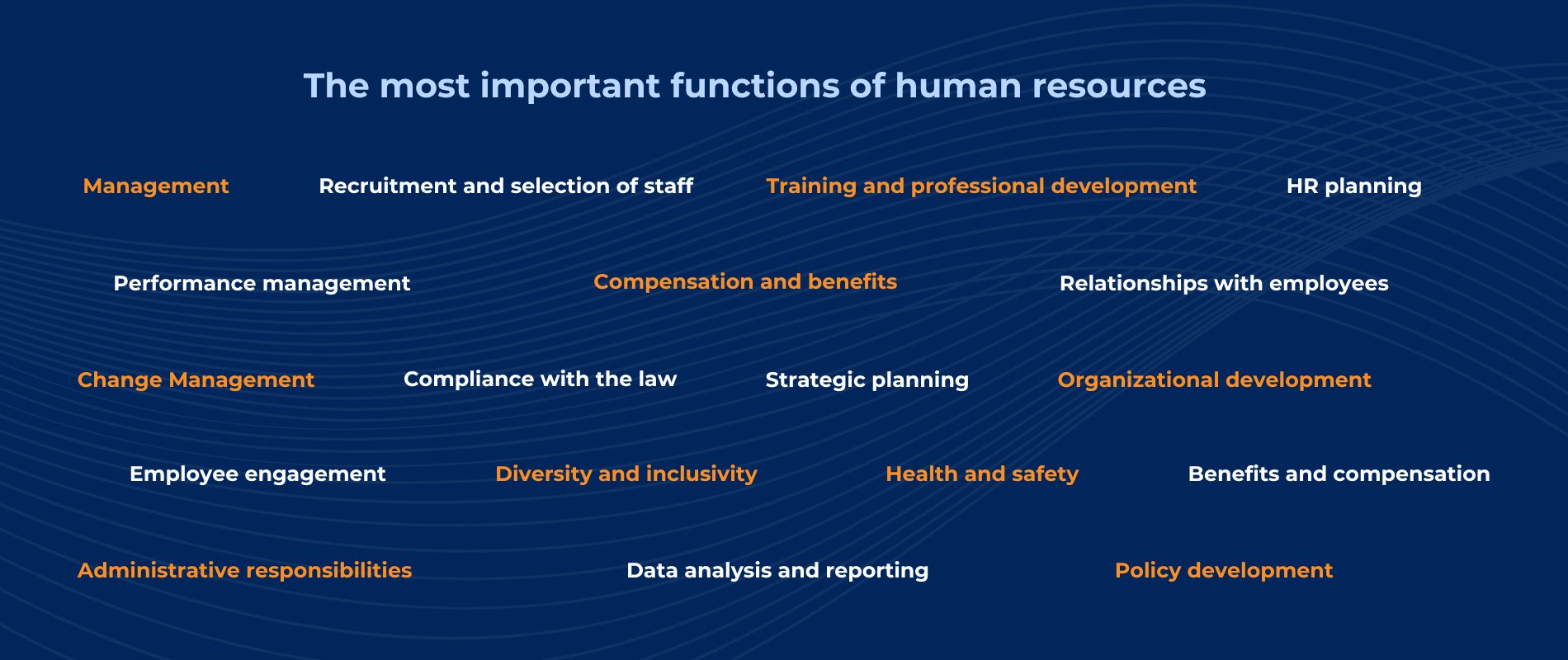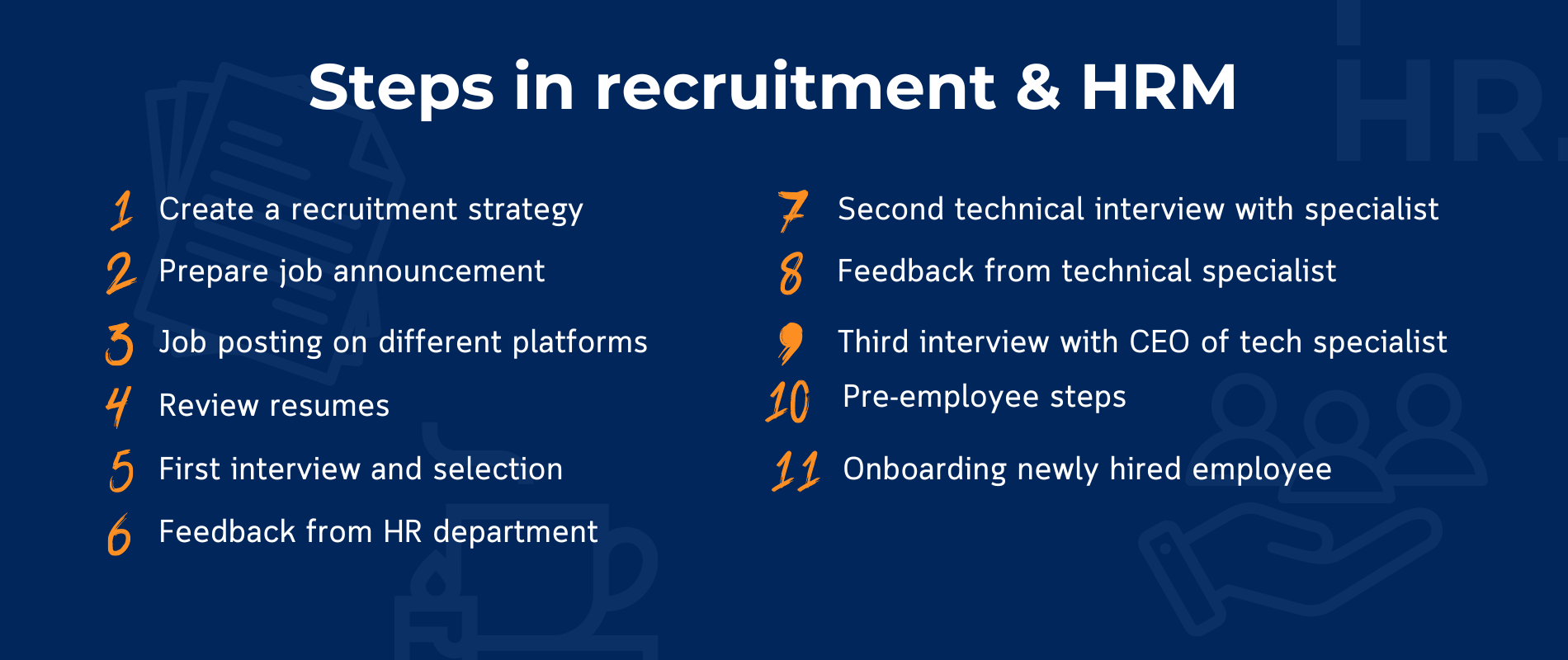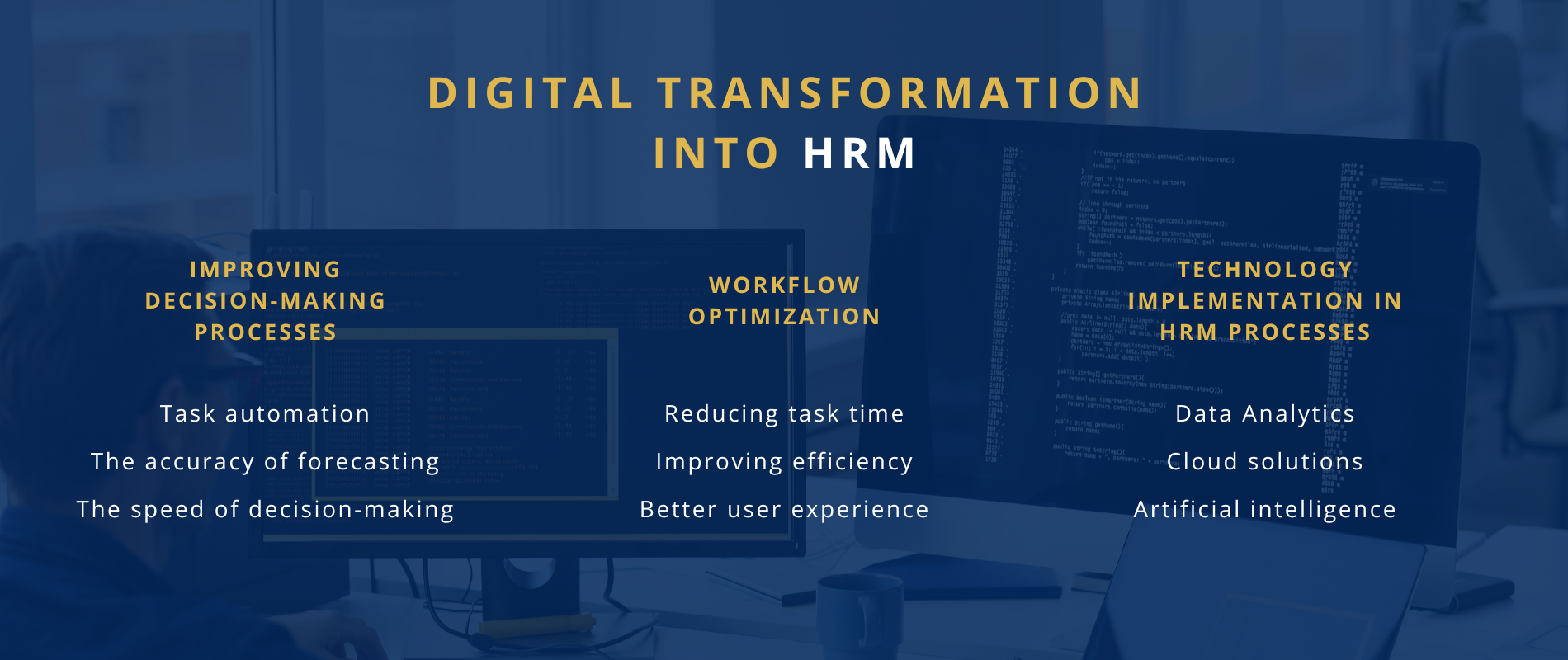Building a Better Workforce with Advanced HRM Solutions: Trends and Techniques


In the fast-paced landscape of contemporary business, marked by fierce competition and a strong emphasis on innovation, the workforce stands out as one of the company’s most prized possessions. The field of human resource management (HRM) has undergone significant evolution. Now it has become a key element of the prosperity of any enterprise. HR management includes a wide range of functions aimed at optimizing the potential of employees and creating a favourable workplace culture. From recruitment and training to evaluating employee performance and well-being. In this article, we delve into the intricacies of HRM, explore the latest trends and techniques, and some human resource problems, and discuss the importance of leveraging advanced HRM solutions to build a stronger, more efficient workforce.
Human resource management, which is often considered the foundation of an organization’s viability, embodies the art and science of nurturing, empowering, and optimizing the potential of the company and its employees. At its core, human resource management (HRM) is a strategic approach to managing an organization and its employees. It involves coordinating various functions aimed at recruiting, selecting, training, developing and retaining employees to effectively achieve the goals of the organization. HR management is not just about administrative tasks such as payroll and employee accounting. It includes strategic planning, talent management and the formation of a good workplace culture.

The role of human resource management is not just a key one, it is an indisputable foundation for success. The work of HR specialists in the IT sector has major features and differences. Interaction between HR and IT embodies more than just an administrative role. HR specialists in this field act as strategic partners, ensuring a harmonious combination of technological competencies and human potential. HR specialists will have to understand the basic technical aspects and skills of specialists, be able to evaluate resumes and navigate the IT field as a whole. Hiring and consideration of candidates in IT companies takes place in several stages, specialists pay attention to soft and hard skills.
Reporting and controlling the stage of the recruitment process, organization in IT. The department stores data on all reviewed resumes, feedbacks from each stage of the interview, thereby choosing the most suitable candidate for the needs of the company.

The LinkedIn post provides an overview of the key aspects of effective adaptation of new employees – from the first working day to full integration into the team. It emphasizes the importance of a systematic approach to the onboarding process. Starting with creating a greeting plan and getting to know key people in the company, and ending with evaluating the results and supporting a new employee during his first months of work. The article provides tips and examples of successful strategies that will help companies ensure the smooth deployment of new employees and the fastest possible adaptation to the work environment. Special attention is paid to creating an inclusive and supportive atmosphere that promotes rapid adaptation and high productivity of new team members.
HR management systems and software have made a significant breakthrough in the way organizations manage their human resources today. These advanced solutions offer a variety of functions to optimize HR management processes, increase efficiency and simplify the decision-making process. HR management systems automate repetitive tasks, reduce current HR issues committed manually, and provide valuable information through analytics and reporting capabilities. From tracking candidates and adapting them to performance management and payroll.
The introduction of personnel management systems provides a number of advantages, including:
The choice of HR systems is incredibly wide and diverse. Consumers will be eager to find solutions for large, medium and small companies, but large international companies may need custom solutions. And for that, they turn to IT companies for development. Although, what parameters should be guided when deciding on an organizational HR system? The two main factors are functionality and price. The system should cover the needs of the company according to its size and tasks. At the same time, it is not cost-effective for a small company to pay for the functions of the system for which it has no need. Sometimes finding the best HR card can take time. The following platform selection factors are system adaptability and compatibility with other data exchange, analysis, etc. The factor that is often neglected or overlooked is the design of the platform. Programs for the HR department should be understandable and comfortable to use. High-quality UX and UI programs ensure the smooth integration of HR department employees into the process of interaction with the software.

There are several significant trends in HRM that have an impact on the way people are managed and a supportive work environment is created.
The introduction of technologies into HRM processes, such as artificial intelligence (AI), data analytics and cloud solutions, to automate routine tasks, improve decision-making processes and optimize workflow.
Also, flexibility and remote work are some main privileges and trends. Expanding the concept of a workplace beyond the traditional office, allowing employees to work from home or in remote locations. This requires new approaches to human resource problems and solutions.
Also, more attention is paid to creating a motivating and supportive environment for employees. This includes strengthening the corporate culture, and support.
Striving for continuous training and development of personnel to meet rapidly changing market requirements and technological innovations.
In addition, Performance Management and evaluation of results: The transition to more flexible and frequent feedback systems to ensure effective performance management and stimulate better results.
These trends demonstrate that HRM continues to evolve and adapt to the changing needs and expectations of the modern workforce, playing a key role in building successful and innovative organizations.
In conclusion, human resources and management plays a crucial role in expanding the skills of staff and ensuring the success of the organization. By using advanced HR management solutions and advanced technologies, organizations can optimize HR management processes, increase efficiency and unlock the full potential of their employees. Effective human resources management practices — from recruitment and training to performance management and regulatory compliance — are essential to create a supportive work environment, attract the best specialists and stimulate innovation. As the business continues to evolve in a rapidly changing environment, investments in human resources management will continue to be of paramount importance to achieve sustainable growth and competitiveness.